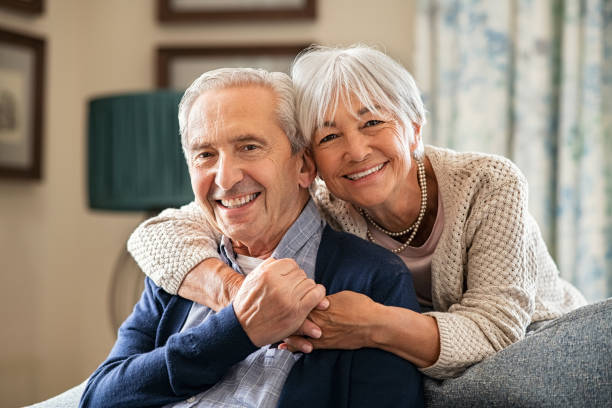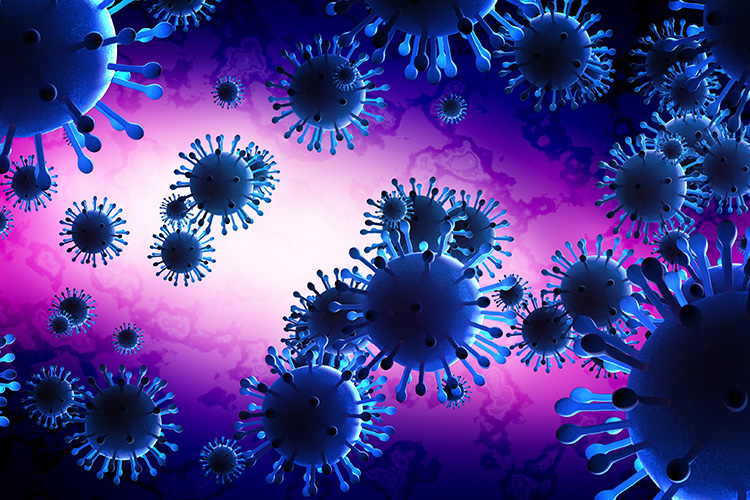When we think about intimacy, we often picture candlelit dinners, lingering kisses, or whispered confessions in the dark. But a new study suggests that a quieter, more overlooked realm of romantic life—how we fall asleep together—might say just as much about our emotional bonds. And while you might imagine that your favorite solo sleep posture carries over into your couple routine, the research reveals something surprisingly different.
A recent study published in the Journal of Social and Personal Relationships delved into the private world of sleep among heterosexual couples. It explored how the physical closeness of partners at sleep onset—the very beginning of the sleep cycle—relates to stress levels, emotional security, and even attachment style. Intriguingly, it found that the way we sleep with a partner at night may reflect, and possibly shape, the emotional landscape of our relationship.
Sleep: A Social Behavior in Disguise
Sleep is traditionally studied as a solo act. Brain waves, REM cycles, and circadian rhythms typically play out under the assumption of individual rest. But in reality, most adults do not sleep alone. Romantic partners, cohabiting spouses, and even long-distance couples sharing occasional weekends typically spend at least part of their sleep lives in shared beds.
What happens in this quiet, unconscious realm is more than just restful recovery. When two people lie side-by-side, subtle biological and psychological processes unfold. Hormones like oxytocin—often called the “cuddle hormone”—are released through touch and closeness. Oxytocin reduces stress and promotes feelings of trust and connection. Shared sleep also allows couples to synchronize routines and regulate emotional rhythms.
And yet, while the benefits of sleeping together have been increasingly acknowledged, very few studies have examined the positions we adopt when we first drift off. Do these positions reflect our personalities? Our histories? Or are they simply habits formed by mattress ergonomics and comfort?
Inside the Study: Measuring the Postures of Love
To investigate these questions, researchers Josh R. Novak and Kaleigh C. Miller gathered data from 143 heterosexual couples, totaling 286 individuals. The average couple had been together for about 13 years, with participants in their early 40s. These weren’t newlywed lovebirds or fresh college couples; they were seasoned partners, living the daily realities of adult life—jobs, children, maybe even snoring.
Participants were asked about their preferred individual sleep positions—whether they normally slept on their back, side, or stomach when alone. Then, they described their typical sleep position at the onset of sleep with their partner. Importantly, this focused not on how couples woke up—twisted in blankets or on opposite sides of the bed—but how they settled in, what posture they chose when first closing their eyes.
Alongside sleep data, researchers collected psychological measures. These included the Perceived Stress Scale, the PROMIS Sleep Disturbance Scale, and the Experiences in Close Relationships Scale–Short Form—a tool that assesses attachment insecurity, both anxious (clinginess, fear of abandonment) and avoidant (emotional distance, discomfort with closeness). Participants also reported their chronotype (morningness or eveningness), income, relationship length, and whether kids or pets joined them in bed.
What the Data Revealed: It’s Not About How You Sleep Alone
One of the study’s most striking findings was that an individual’s preferred solo sleep position had no significant relationship to the position they adopted when sleeping with their partner. A person who normally fell asleep on their stomach might curl into a spooning position with their spouse. Someone who slept rigidly on their back alone might nestle into a more flexible posture with their partner. In short, solo sleep style did not predict couple sleep style.
This discovery challenges the idea that we’re hardwired into a single sleep posture. Instead, it suggests that relationship context shapes how we fall asleep together. And this is where the study becomes particularly illuminating.
Couples who reported physically closer sleep positions—spooning, intertwined limbs, or face-to-face positions—also reported significantly lower levels of stress. They were also less likely to show signs of anxious or avoidant attachment, indicating more secure emotional bonds. These findings hint at a bidirectional relationship: secure couples may naturally seek closeness, and closeness may in turn reinforce emotional security.
However, and somewhat surprisingly, close sleep positions were not associated with better or worse sleep disturbance scores. This means that cuddling or sleeping intertwined didn’t significantly disrupt sleep quality, nor did it protect against sleep issues. It may benefit psychological and relational well-being without dramatically affecting the mechanics of sleep itself.
The Cuddle Conundrum: Is Closeness Cause or Effect?
The researchers were cautious about drawing conclusions about cause and effect. Since the study was cross-sectional, it captured a single moment in time, rather than tracking couples over months or years. So it remains unclear whether closer sleep causes couples to feel more secure and less stressed, or whether already-secure couples tend to choose closer sleep.
Still, the patterns offer compelling food for thought. Consider a couple that begins drifting apart emotionally. One might expect them to also physically drift—claiming more of their side of the bed, reducing cuddling, turning their backs at night. Alternatively, a couple working to restore connection might deliberately spend more time in physical closeness at bedtime, consciously or not leveraging sleep as a space for healing.
Sleep as a Window into Relationship Health
These findings elevate the seemingly mundane act of going to bed into a microcosm of relational health. Just as couples therapists analyze communication patterns or conflict styles, researchers may now consider bedtime behaviors as diagnostic tools. Sleep posture could offer nonverbal cues about emotional needs—especially for individuals who struggle to articulate their feelings.
Even more intriguingly, bedtime might become a ritualized space of intimacy in long-term relationships. In the busy chaos of daily life, when schedules diverge and digital distractions abound, the moment of lying down together may be one of the few times couples truly share physical space without performance, pressure, or purpose. It’s not about sex or conversation—it’s about presence.
The Untouched Variables: Pets, Kids, and Real-World Disruptions
The researchers also examined the effects of co-sleeping with children or pets, although these variables didn’t dramatically alter the central findings. Still, anyone who has tried to cuddle a partner with a Labrador wedged between them knows how complicated the modern sleep ecosystem can be. Real-world beds are full of interruptions, from diaper changes to furry paws, and they can easily shift patterns of physical closeness.
Yet even with these interruptions, many couples still made time for closeness at sleep onset. This suggests a powerful psychological drive for contact—a kind of relational “goodnight hug” that helps soothe the nervous system and reinforce security, even when sleep is fragmented.
Implications for Therapy, Wellness, and Relationship Advice
This study adds a new dimension to how we understand romantic relationships. Therapists working with couples might begin to ask questions about sleep routines, bedtime behaviors, and physical proximity—not just sexual intimacy or emotional support. These nightly moments, repeated hundreds of times a year, may reinforce patterns of trust, vulnerability, and attachment.
For couples themselves, the findings offer gentle encouragement: consider how you end your day. If you’ve fallen into a habit of going to bed at different times, or retreating to opposite sides of the mattress, it might be worth experimenting with a few minutes of physical closeness—no agenda, no need to fall asleep that way, just a simple gesture of connection.
It also reminds us that touch is a powerful form of communication. In an age of text messages and quick-fire emojis, sometimes the best way to say “I love you” is with a hand resting on a back, or a silent shared exhale in the dark.
What Remains to Be Discovered
Like all good research, this study raises more questions than it answers. How do sleep positions change over time—during pregnancy, illness, aging, or relationship transitions? Do similar patterns exist in same-sex couples, or in relationships marked by trauma or long-distance separation? And how do cultural norms about touch and privacy influence sleep behaviors?
Future longitudinal studies might track couples over years, correlating changes in sleep proximity with major life events or therapy outcomes. Technology could help—wearable sleep trackers, thermal imaging, even motion-sensing sheets could gather real-time data without intrusion.
For now, the findings remind us that sleep is not just a biological necessity—it’s a social act, a nightly ritual where love, trust, and stress intertwine under the covers. Whether you’re the little spoon, the big spoon, or simply sharing the mattress in peaceful tandem, the way you fall asleep together might just be telling a quiet story about your bond.






